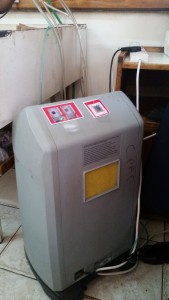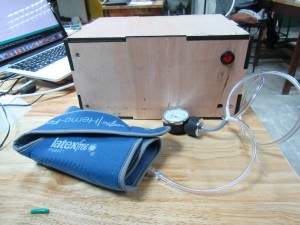Last Friday I had the wonderful opportunity to visit Mulanje Mission Hospital again. We were able to bring the filter material that we had tested and the educational poster that we created. It was great going back to the hospital and showing them what we were able to accomplish in just a couple weeks. The doctor we were in contact with was really appreciative of the materials and was encouraged by the use of local resources to make filter materials. I am so glad that we were able to give them resources that can actually be used at the hospital. We were able to send the doctor a copy of the pdf and raw files of our documents so that they can create more posters to use around the wards.
To further benefit the hospitals, Harvey and I went to Queens on Monday to give out the educational posters and filters. It was wonderful walking to three different wards and putting up the posters. I truly hope that the educational posters we created get the nurses to think more about the oxygen concentrators and the maintenance that they require. We were even able to replace one of the dirty filters on the concentrator with a filter that we had created.


I am glad that we took the time to focus on educational material and filters. While they both may not have been the most technical projects to do, they were definitely needed in the hospitals. It is sad that smaller projects sometimes get overlooked or not noticed for the benefits that they can produce. Sometimes the simplest answer is the best. Even if the filters do not get used much and the posters are not always looked at, they are still a talking point for the nurses. The head nurse in the pediatric ward at Queens now understands more the importance of filters and taking care of the machines.






